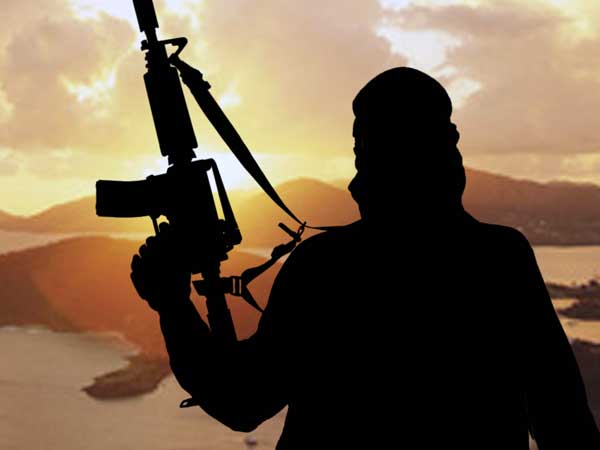 The trend towards declining violence has been reversed in Jammu and Kashmir over the past few years; the current situation in the State is alarming and 2017 could end up being the bloodiest year in over a decade, show latest indications.
The trend towards declining violence has been reversed in Jammu and Kashmir over the past few years; the current situation in the State is alarming and 2017 could end up being the bloodiest year in over a decade, show latest indications.
According to partial data compiled by the South Asia Terrorism Portal (SATP), at least 177 Persons (37 civilians, 40 SFs and 100 militants) have been killed in the state since the beginning of 2017 (data till July 13, 2017). During the corresponding period of the previous year, 116 persons (5 civilians 30 SFs and 81 militants) were killed. The annual number of fatalities through 2013, 2014 and 2015 stood at 181, 193, and 174, respectively.
Significantly, at least 37 civilians have already died this year, against five killed during the corresponding period of 2016. The number of civilians killed during the corresponding periods of 2013, 2014 and 2015, were 12, 10 and 12, respectively. Further dissection of the data reveals that, out of a total of 37 civilians killed in the current year, thus far; at least 20 were killed during exchanges of fire between terrorists and SFs. The number of civilians killed in such incidents was one, nil, four, and one, respectively, in the corresponding periods of 2013, 2014, 2015, and 2016.
The killing of Amarnath pilgrims is the latest sign of the worsening situation where at least seven Amarnath pilgrims were killed and 32 others injured in the attack on a bus by militants in the Khanabal area of Anantnag on July 10, 2017. Lashkar-e-Toiba (LeT) took the responsibility of the attack.
Importantly, the declining trend in militancy began in 2002-03, after a decade of extreme violence, and was maintained until 2013, when it began to pick up. According to security agencies, “Since then, we have seen a year-on-year increase in militancy, and 2017 will end up being the worst year.”
It has been observed that there is a strategic shift; militants are now turning their attention from south Kashmir to a relatively quieter Srinagar, which was a zero-militancy district till 2015. A district-wise mapping of militants prepared by the J&K Police, accessed by Firstpost, revealed that Srinagar district alone is home to more than two dozen militants now, of which 11 locals have joined after unrest began in July 2016 after the killing of a militant leader Burhan Wani.
On May 8, 2017, the Inspector General of J&K Police told mediapersons that there are 90 foreign militants active in the Valley. Police claimed to have arrested, in the first week of July, 54 youth who attempted to join militancy in the last 12 months.
According to data provided by the J&K police Crime Branch, a total of 3,404 cases of rioting, 267 cases of arson and 2,690 incidents of stone pelting were reported in the valley last year. Of the total 2,690 incidents of stone pelting last year, north Kashmir accounted for the highest number of 1,248 incidents followed by 875 incidents in south Kashmir and 567 in central Kashmir.
Both the governments in the state and at the centre failed to control the escalation in violence in the initial stages after the Wani killing. After the killing of Wani, at least 88 local Kashmiris reportedly joined terrorism in 2016 and another 27 are believed to have joined terrorist ranks in 2017.
Another important and growing concern for intelligence agencies is the rise in the number of people attending funerals of militants. The rise in terrorism in the state has prompted the union Ministry of Home Affairs (MHA) to ask security forces to take strict action and prevent people from joining militant outfits.
An operation ‘clean-up’ is now being planned by the Army against militants, mainly in Anantnag, Pulwama, Shopian and Kulgam districts. The MHA has come up with a three-fold plan to eradicate terrorism in the state, which would involve the launch of an offensive on terrorists, keeping tabs on journalists and writers, and tightening their grip on separatists.
It is clear that Pakistan will continue its policy of supporting cross border terrorism in the state, and enveloping regional trends suggest that a sharp escalation is possible in future.
According to reports, approximately 16 percent of terrorists succeeded in crossing the Line of Control (LoC) this year to enter J&K till May 31, 2017. The peace secured by security personnel in the state over the past years is not irreversible. The strongest possible measures will be required to prevent cross-border terrorism and neutralise terrorists who manage to cross into Indian territory.




